Social Media’s Role in Redefining Beauty Standards
Social media has revolutionized nearly every aspect of modern life, and its influence on beauty standards is no exception.
For decades, beauty ideals for women have been narrowly defined. From Marilyn Monroe’s curvaceous figure in the 1950s to the ultra-thin frames of 1990s supermodels, society’s idea of the “perfect” body has shifted over time. However, a consistent theme has been the pressure on women to conform to a singular standard, often dictated by pop culture and advertising.
In contrast, social media has significantly expanded the definition of beauty. Platforms like Instagram, TikTok, and YouTube now feature creators of all sizes, shapes, and ethnicities. This inclusivity is reshaping how people view their bodies, offering representation that goes far beyond the size 0 models traditionally seen in mainstream media.
Plus Size Becomes the New Norm
As American women increasingly embrace body positivity and size inclusivity, research shows that the average body size is also changing.
A study published in the International Journal of Fashion Design, Technology and Education highlights a shift in what is considered “average.” While it was once commonly stated that the average size for American women was 14, the study reveals that the average woman now wears between a misses size 16 and 18, which corresponds to a women’s plus size 20W. Additionally, the average waist size has increased from 34.9 inches to 37.5 inches over the past two decades.
“We hope this information reaches both the industry and consumers,” said Susan Dunn, one of the study’s lead researchers, in an interview with Today. “Understanding these figures can have a profound impact on women’s self-esteem. The apparel industry needs to recognize that these women are here to stay and deserve inclusive clothing options.”
Why Are American Women Getting Larger?
The average size of American women has increased over the past several decades. According to the CDC, the average weight of an American woman is now approximately 170.6 pounds, compared to 140 pounds in the 1960s. Multiple factors contribute to this trend:
- Lifestyle Changes: Sedentary jobs, higher calorie consumption, and an increased reliance on processed foods play significant roles.
- Cultural Shifts: Greater acceptance and celebration of diverse body types have reduced societal pressure to adhere to extreme dieting.
- Genetics and Environment: Genetic predispositions and environmental factors, such as stress and access to healthy foods, also influence body size.
Beyond Appearance: A Health Perspective
While larger body sizes are increasingly celebrated, the medical implications cannot be ignored. Obesity rates have doubled since 1990, according to the World Health Organization. Social media, while fostering inclusivity, has also been criticized for promoting unhealthy lifestyles and sedentary habits that contribute to weight gain.

The Mayo Clinic emphasizes that “obesity isn’t just a cosmetic issue.” It is a medical condition that increases the risk of numerous health complications, including heart disease, diabetes, high blood pressure, high cholesterol, liver disease, sleep apnea, and certain types of cancer.
A New Era of Beauty
True beauty lies in celebrating individuality rather than conforming to a rigid standard. Social media has been instrumental in spreading this message and has the potential to reshape beauty norms in a positive way when used thoughtfully.
What’s your take on social media’s impact on beauty standards? Share your thoughts and pass this article along to gather more perspectives!
He built an 89-square-foot house—wait until you see the inside!
At just 13 years old, Luke Thill from Iowa stands out from his peers—not because of his love for video games or gadgets, but because he built his very own tiny house. Unlike most kids his age, Luke turned his boredom into an ambitious project: a fully functional, 89-square-foot house in his parents’ backyard.
A Dream Built on Determination
Luke’s dream of building a house began with a simple desire to do something meaningful. His project, which cost about $1,500, took a year of hard work to complete.
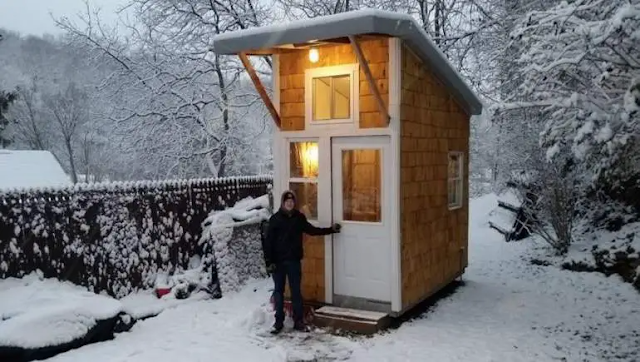
To fund it, Luke mowed lawns, organized online fundraisers, took on odd jobs, and even bartered for services. For instance, a family friend helped him install electrical wiring in exchange for Luke clearing out his garage.
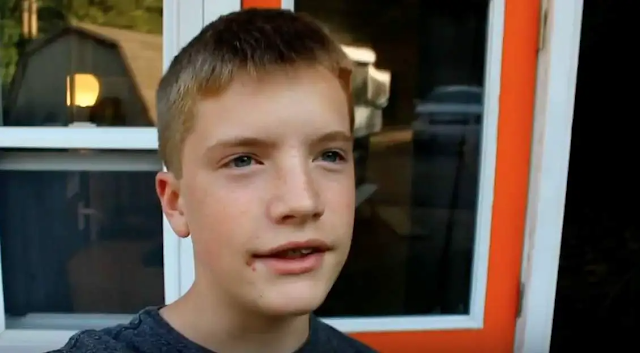
Luke also incorporated sustainability into his project. About 75% of the materials he used were recycled, including items from his grandmother’s house and a front door gifted by his uncle’s friend.
A Minimalist Sanctuary
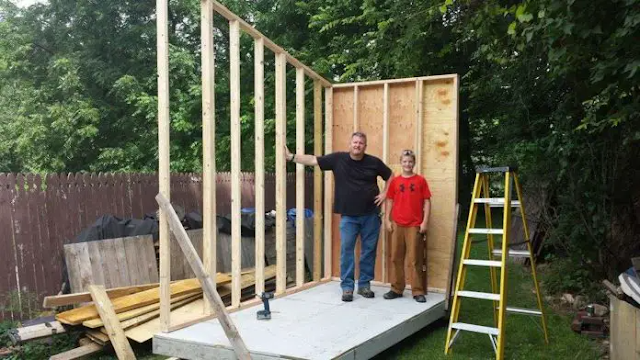
The tiny house, measuring just 10 feet long and 5.5 feet wide, has electricity but no plumbing yet. Inside, it’s a cozy retreat complete with a loft bed, a microwave, a TV, and even a barbecue setup outside. It’s a space where Luke can unwind, do his homework, and occasionally spend the night.
“I liked the minimalism,” Luke explained. “And I wanted to have a house without a huge mortgage.”
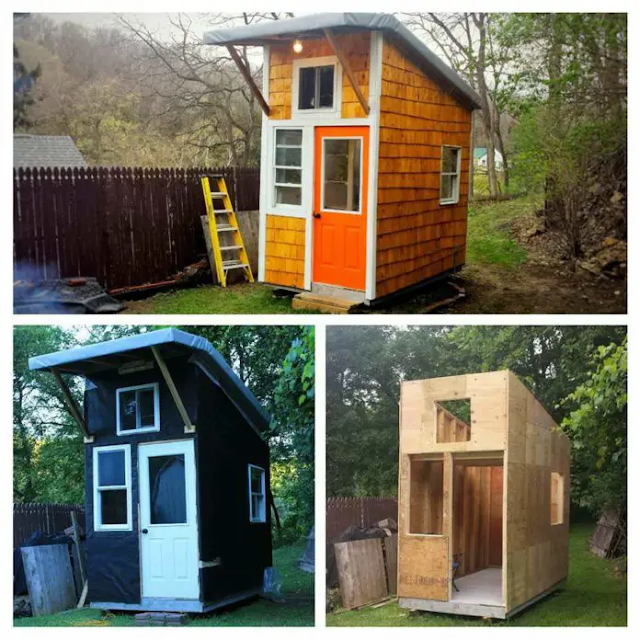
Lessons in Responsibility
Luke’s parents were supportive of his venture but ensured he took ownership of the project. His father, Greg, made sure Luke covered most of the expenses himself.
“It was a chance for a kid to do something more than play video games or sports,” Greg said. “It teaches life lessons.”
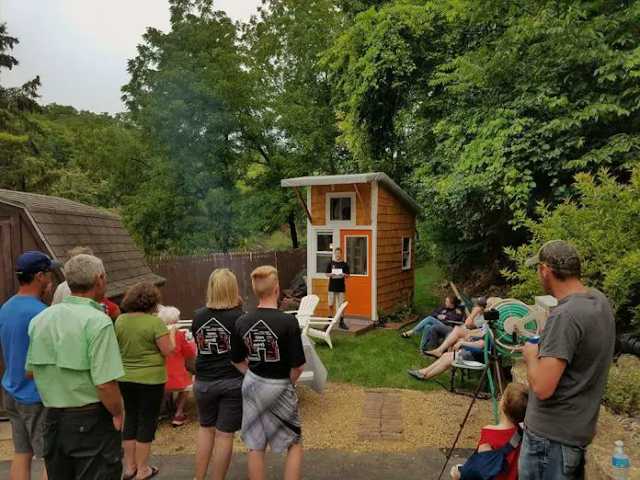
Inspiring a Generation
Luke’s story has captured the attention of many, especially through his YouTube channel, where he shares videos documenting his journey. He hopes to inspire other kids to take on big projects and realize their potential.
“I want to show kids it’s possible to build at this age,” Luke said.
Have a look at this project below:
Looking ahead, Luke dreams of building a slightly larger house when he’s older—perhaps one he can use during college.
A Young Visionary
Luke Thill’s tiny house is more than just a personal achievement; it’s a testament to hard work, resourcefulness, and the power of dreaming big. His story is an inspiring example of what young people can accomplish with determination and a little support from their family.
If you’re inspired by Luke’s incredible project, share his story to encourage others to think big and act boldly!


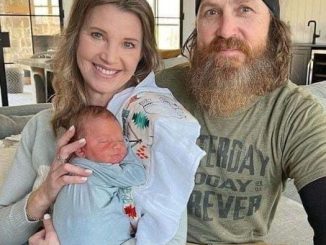

Leave a Reply